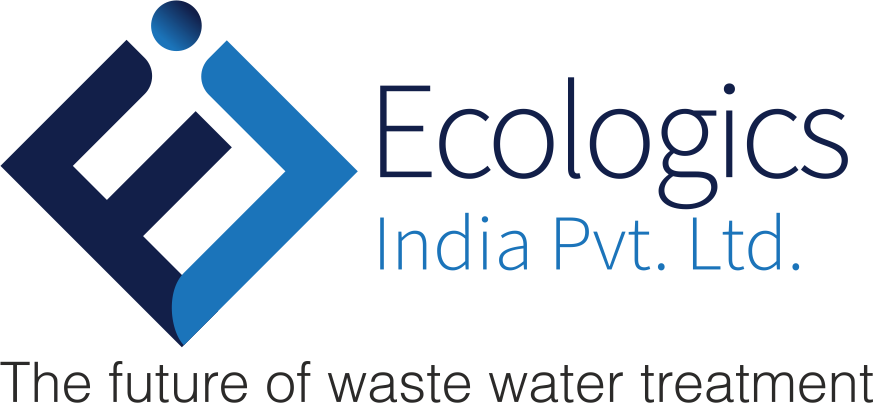Ultra Filtration of water is a pressure-driven separation process where water passes through porous membranes with pore’s size ranging from 0.1 micron to 0.01 micron. Those membranes are structured in a long hollow fiber. As a result of that, pure drinkable water can be extracted from biological contaminated water.
We, at Ecologics India Pvt Ltd, are specialized at designing ultra filtration water plants commercial and industrial usage. Our supply factory-tested and pre-assembled units which are not only easier to install but also competitively priced.


Purpose:
Ultra filtration is a truly-effective purification technology which can be used to produce high-purity water. When strategically placed with some other water purification techniques, it can convert total wastewater into pure drinking water. UF membranes are mainly used to separate high molecular-weight particles, slit, colloidal materials, turbidity, suspended solids, algaes and organic polymeric molecules from wastewater.
Methodology:
- Ultra filtration plants has pore sizes of 0.002 microns to 0.1 microns
- It has the MWCO of around 10,000 daltons to 100,000 daltons
- Applied pressure is around 200 to 700 kpa or 30-100 psi
- It removes all microbiological objects like harmful bacteria and viruses
- Every configuration of a UF plant is explicitly made for some specific tasks
Technological Processes:
UF plants have three different processes to be applied one after another. These processes are known as Pre-treatment, Post-treatment and Cleaning. Lets know more about these processes.
Pre-Treatment
Treatment of wastewater prior to engaging them with membranes are essential to ensure longer life for membranes. Type of pre-treatment is totally dependent on the type of feeds and the quality of feeds. Common types of water pre-treatments include Coagulation and pH balancing.
Ultra filtration water treatment plants can operate with either dead-end flow or cross flow. In dead-end flow the feed solution flow is posted perpendicular to membrane surfaces. Contrarily on the cross flow system the flow of water passes the membrane surfaces parallely. While dead-end configuration is more suited for batch processes of low suspended solids, the cross flow configuration is used in continual operations.
Cleaning of membranes is an important part of a UF plant. It is regularly done to prevent membranes from damages. Regular backwash is done in a 10 minutes interval in some processes. It is done to remove suspended particles and cake layers from the membrane surfaces.
- Flow access at membrane surfaces
- Water pressure at operation
- Operating temperature
- Low fouling UF Membrane
- High flux filters with exceptional performance
- Great virus and bacteria removal capacity
- Simple and modular design for low cost filtration
- Fully automated backwashing procedure
- Stainless steel equipment frames
- Control panel equipped with HMI and PLC interface
- Alarm and automatic shutdown system for malfunctions
- User friendly control panel
- Top quality components
- Factory tested components

